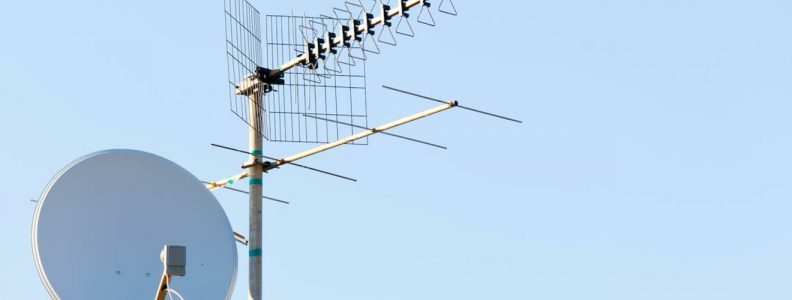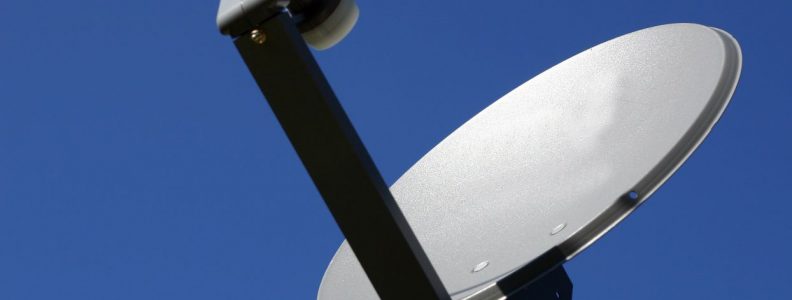If you want to enjoy TV shows while on your boat, you can buy a marine TV antenna. These antennas are made to endure the harsh marine environment. They can handle salt, sunlight, and water. They are also capable of coping with obstructions. These may include high-rise buildings or mountains, or large boats next to your boat. The higher the antenna is, the clearer the signal will be. Most people mount their TV antenna on the highest point of their house.
A 10” amplified marine TV antenna costs about $127. It comes with a red LED to let you know whether it’s working or not. To connect it to your television, you’ll need an RG-59U 75-ohm cable. It also comes with a splitter box so you can avoid directly connecting the antenna to your television.
Another option is to use a universal TV wall-mount to mount your antenna. These can be purchased in a wide range of places. Be sure to choose a mount that is made from durable materials that won’t corrode in the marine environment. Once you’ve found a suitable mount, you can use a mounting template to drill pilot holes and a centered hole for the antenna coaxial cable. Once you’ve installed the mount, you can connect the cable to your television.
Another great option for a marine TV antenna is a Intellisat. This is a high-performance antenna designed for commercial and recreational use. This product can handle the tough conditions of sea and provides truly global TV reception without the need for manual reconfiguration when switching between satellites.
If you are camping in your caravan and have noticed that your TV aerial is giving you a no signal message or that your images are distorted, you may need to fix it. This is a common problem, and repairing your caravan TV antenna is easy enough, provided you know what you’re doing. There are several reasons why your antenna may need to be fixed.
First, you should decide whether you want an omnidirectional or directional antenna. The latter will give you the best signal, while the former may have a difficult time in areas with poor TV signals. An omnidirectional antenna is a great option, and can be mounted on the roof of the vehicle. It comes with an adjustable pole that allows you to adjust the height of the antenna to get the best reception. Alternatively, you can purchase a suction cup antenna and mount it on the side of the vehicle.
If you are traveling by caravan, it’s important to consider the distance of the caravan from the broadcast tower. This will help avoid interference between the aerial and the signal tower. In addition, the antenna needs to have a clear line of sight towards the signal tower. Lastly, the antenna needs to be placed in a location where the TV signal can be clearly seen.
To ensure optimal reception, your caravan TV antenna should be retuned from time to time. This will ensure that it receives all available channels and frequencies. Keep in mind that new programs are added or removed and the frequencies of existing channels may change. Regularly retuning will keep your antenna in top shape and prevent problems with reception.

